
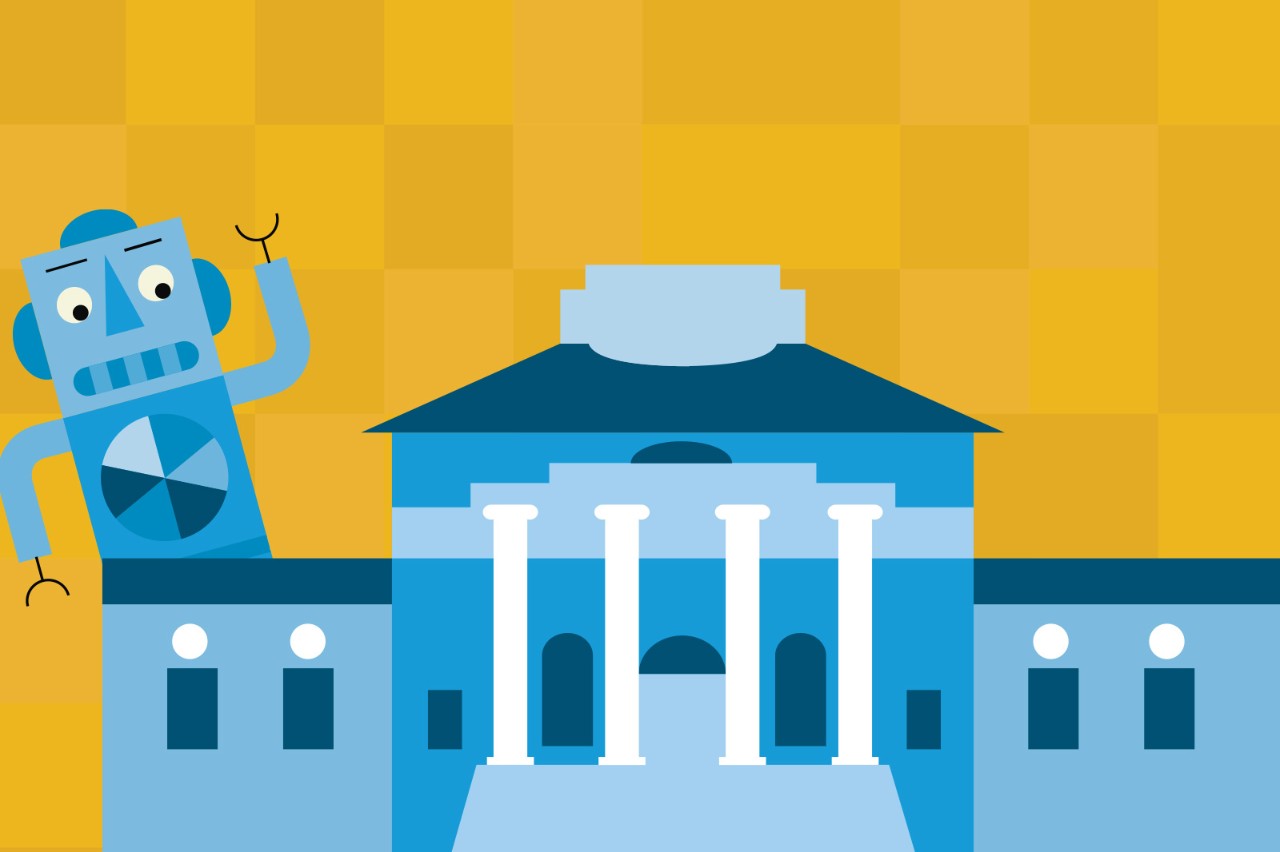

AI at UD
Blue Hens are utilizing AI in endless (and endlessly fascinating) ways.
October 14, 2024
Hold onto your cyborgs. Blue Hens are utilizing AI in endless (and endlessly fascinating) ways.
Read on for just a few of our favorite examples.

From UD to the White House
Blue Hen leaders are shaping the AI conversation in academia, industry—and on the world stage. UD President Dennis Assanis is a member of the President’s Council of Advisors on Science and Technology, or PCAST, a revered body of White House experts tasked with making science, technology and innovation recommendations. He is one of 28 individuals ensuring the U.S. remains a global leader in technologies of the future, critical to the security of the nation.
Holding this position means Assanis, a globally renowned engineer with significant contributions to clean energy, can bring some of the world’s brightest minds to campus. Last fall, at a Board of Trustees’ meeting, he led a discussion on AI with fellow PCAST members Laura H. Greene, expert in quantum mechanics from the University of Florida, and Saul Perlmutter, astrophysicist and Nobel Laureate from the University of California, Berkeley.
The conversation included the need for individuals to hone a “radical” ability: outreasoning machines. There was engaging debate on whether this technology will revolutionize human existence, or be a flash in the pan. It’s difficult to convince an astrophysicist whose research includes the multi-billion-year universe that one technological development is anything but ephemeral.
But there was consensus on AI’s complexity and constant evolution. If people are going to understand, engage and advance the dialogue, they said, finding the human interest angle is imperative.
It’s a mission to which Assanis—on campus and at the White House—is committed. “I am truly honored to serve our country in this way,” he says.
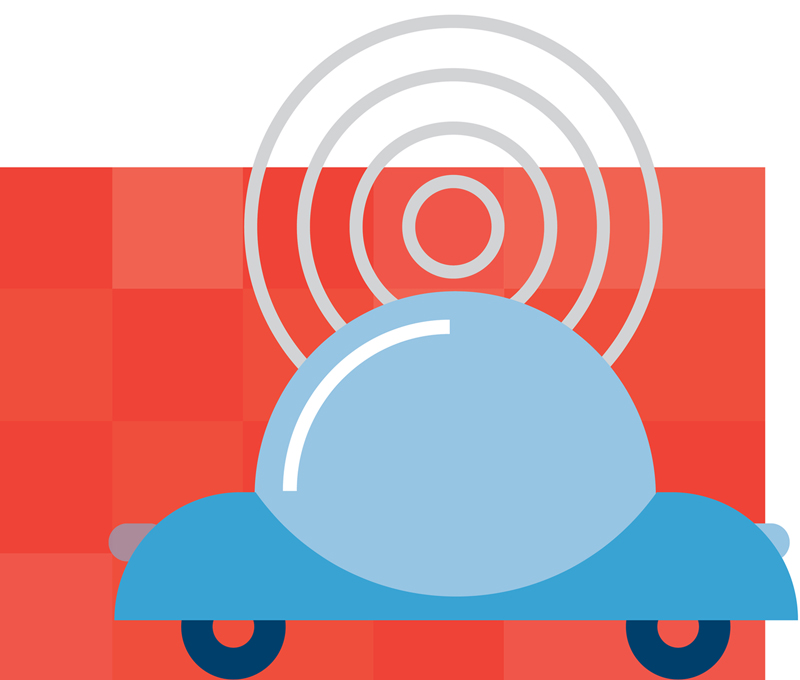
Accerlating your Life
Imagine a world where your car drops you at work and then, instead of sitting idle in a parking lot all day, goes on to generate supplemental income, delivering packages for Amazon or people for Uber. This is the vision of scientists behind UD’s world-renowned CAR Lab, sponsored by GM, Toyota and other major automotive players. Tasked with advancing autonomous driving research, the Blue Hens are leveraging AI to create a next-generation operating system that allows a car to “see” clearly in real time—in any weather. The lab is also working to improve energy efficiency and safety, employing machine learning to predict potentially disastrous events like battery failure. “A new era is coming,” says director Weisong Shi. “People don’t yet realize how transformative this will be.” Helping to usher in this new era, the lab has developed a digital, autonomous driving testbed called D-STAR that researchers at other major institutions can access remotely for the running of their own experiments.
UD’s CAR lab was founded by director Weisong Shi
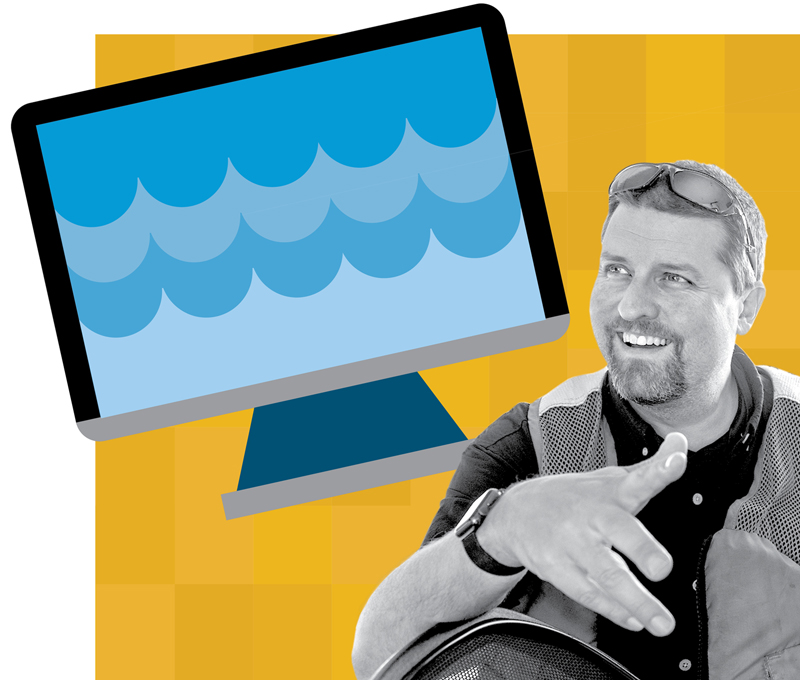
A look below the surface
We have a better understanding of the moon’s backside than we do the ocean—only 20% of the latter has been mapped. That’s because the sea is a spectacularly harsh environment—atmospheric changes, temperature fluctuations, man-eating beasts. But, with $18 million in Department of Defense funding, a Blue Hen team is tackling the liquid frontier. “This work allows us to reveal important parts of human history that are otherwise ignored,” says marine science professor Art Trembanis.
Since platforms for data collection (satellites, robots) have substantially improved in recent years, oceanographers are drowning in data sets too enormous to parse manually. But by building and refining new AI models, Blue Hen scientists can pinpoint everything from shipwrecks to scallop beds, artificial reefs to unexploded weapons of war. Information gathered during this three-year project will inform a variety of decisions: where to place wind farms, how to plot navigation routes, where to fish and more: “Things are moving at breakneck speed,” says Trembanis, “and we’re just scratching the surface.”
Researchers: Art Trembanis, Xi Peng
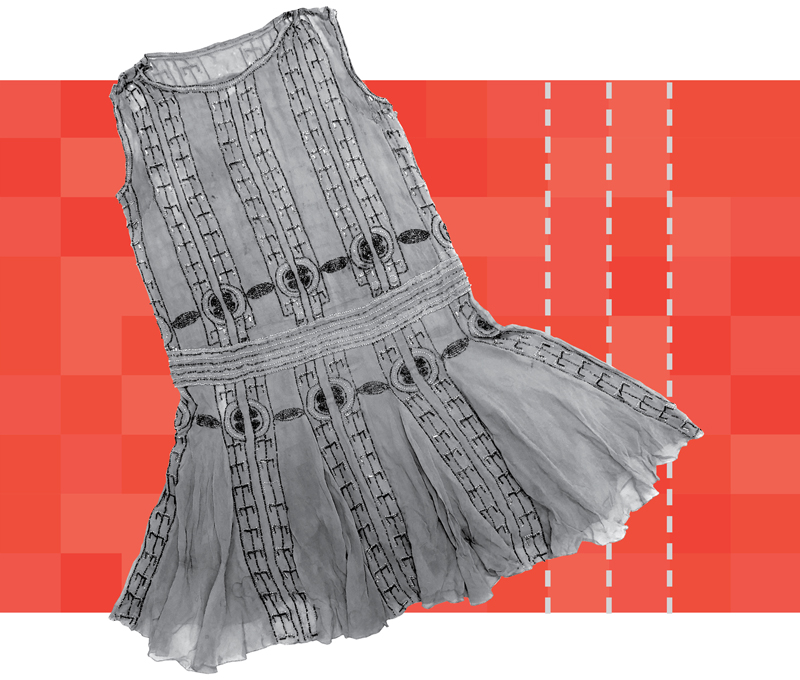
Radical fashion
The corset died. That’s among the major happenings of the 1920s, a decade of liberated women’s fashion in which hemlines and haircuts shortened as social freedoms expanded. UD is home to a priceless collection of 60 garments from this radical period, but several are too fragile to exhibit on mannequins. Blue Hen researchers, therefore, are creating digital twins. In a project slated for completion by 2026, they are using AI tools to replicate the collection's textiles, patterns and styles, while building a digital museum and archive to showcase these 3D pieces. The garments each take about a month to create and will be animated as part of a digital fashion show. Museum attendees (who will access the collection from their own laptops) should expect to get up close and personal with every stitch and bead. “It reminds me of when R2-D2 projected Princess Leia,” says Kelly Cobb, associate professor of fashion. “It’s very innovative, and in our research we didn’t see anything similar.” The project, a collaboration with the Beijing Institute of Fashion Technology, also highlights the global reach of UD’s fashion department.
Researchers: Kelly Cobb, Dilia López-Gydosh, Belinda Orzada

In your head
Blue Hen researchers have scored one for athletes. There are nearly 4 million sports-related concussions in the U.S. each year, and an individual who suffers a concussion becomes twice as likely to experience a secondary injury—particularly a lower-extremity musculoskeletal injury—within a year.
The most plausible culprit is a lingering neurological deficit that slows an athlete’s reaction timing. Traditional post-injury assessments (vision, balance and cognitive testing) cannot detect such a deficit, but when these results are entered into a Blue Hen-designed algorithm, the AI tool predicts the likelihood (and type) of future injury. This means athletic trainers can customize strength-and-conditioning programs to better reduce the chance of a sprained ankle or—eek—torn ACL.
The research is already benefiting varsity Blue Hens, but there are potential applications for this technology beyond campus; in the works is an app that may one day help physicians treat the general public.
Researchers: Thomas Buckley, Austin Brockmeier, Wei Qian
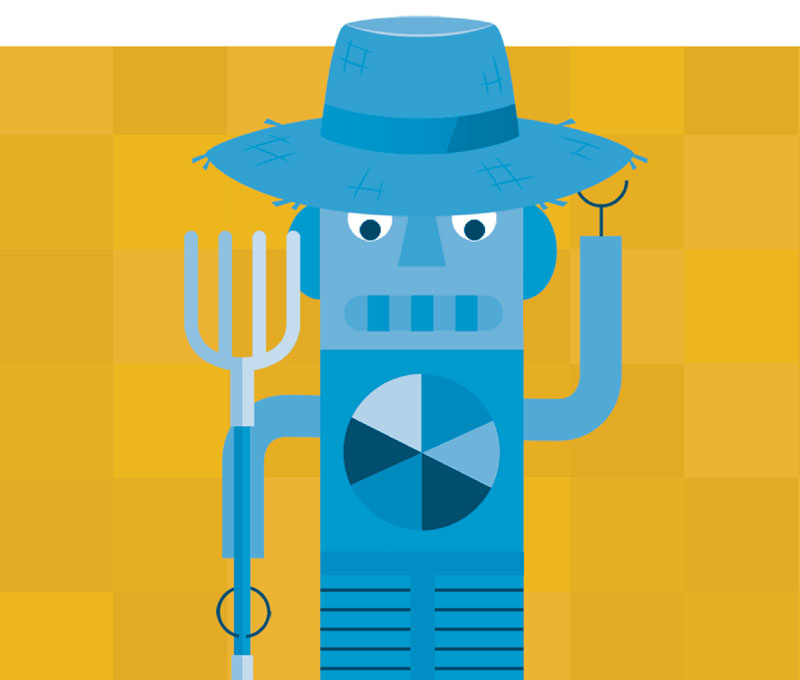
Spilling the Beans
Global population is on the rise, meaning humanity will have nearly 10 billion mouths to feed by 2040. That’s tricky, especially given a warming climate that hinders crop production. But take heart: UD scientists are leveraging AI tools for next-generation agriculture. Consider their work with the little lima, a protein powerhouse vital in many parts of the world for economic and food security. (The legume also happens to be Delaware’s most widely planted vegetable crop.) By engineering a 350-pound robot that collects data on the plants—and then constructs 3D models of them—the Blue Hens identify which genotypes are resistant to heat and disease, and thus worth breeding. The technology can be applied to nearly any crop, meaning the bean beat has never been more significant. Could this work help save an increasingly populated world? According to Yin Bao, assistant professor of plant and soil sciences and mechanical engineering: “Absolutely.”
Researchers: Yin Bao, Emmalea Ernest
Contact Us
Have a UDaily story idea?
Contact us at ocm@udel.edu
Members of the press
Contact us at mediarelations@udel.edu or visit the Media Relations website


